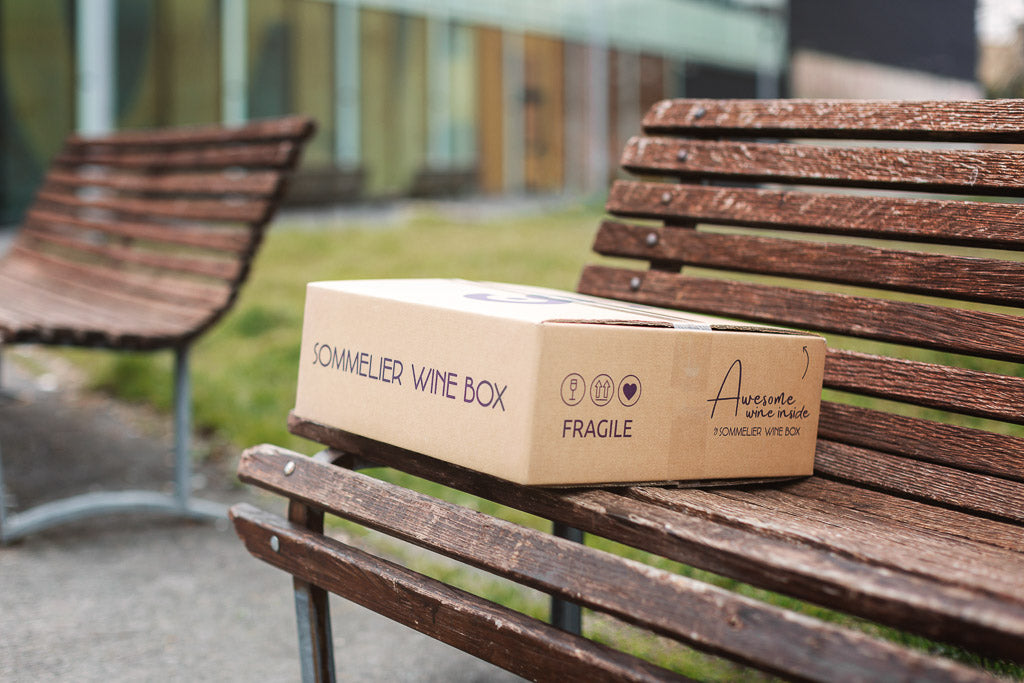The wine and cheese pairing is a great classic. More: a love story. But if you look carefully, there are so many types of cheese - with such varied production methods and characteristics - that, if you want to test yourself a little, these can be enhanced with different combinations and pairings. Let's see how to pair wine with cheese.
These two stories, the oenological one and the dairy one , both tell of the efforts and achievements of many families, who from generation to generation have developed traditions and refined the arts of production, to bring to the table the flavors and essence of whole territories. Two stories that have followed different lines over time but which meet at one point: in the explosion of flavors on the palate.
Let's see some simple rules to know to best match food and wine. You will decide whether to follow them or transgress 😉
Let's start with the cheese: two things to know
1. It is a product obtained from milk with the possible addition of cream. It is produced through cheesemaking, salting and maturation operations.
2. A cheese plate is the most versatile thing there is: it can accompany large aperitifs but also be served as a stand-alone dish, perhaps at the end of a meal. If you want to amaze with a plate of different cheeses, it is best to serve them and taste them in sequence, from least to most tasty (therefore: fresh, semi-mature, mature, very old, blue cheeses).
Rules and advice to keep in mind when pairing cheese and wine
1. Pairing important reds with structured cheeses is a great classic, especially in Italy. But be careful, this pairing highlights above all the goodness of the wine. While if you want to highlight the cheese, perhaps because it is particularly valuable, it is better to opt for important whites or for a Classic Method.
2. Keeping in mind the serving sequence of the wines, if the cheese is intended as an aperitif, the paired wine can be light; if, however, the cheese comes at the end of the meal (and perhaps the main course has been paired with an important wine), it will be better to pair it with a wine that has a certain complexity.
3. A combination should be avoided: no salty cheeses with tannic wines : their respective hardnesses enhance each other and the result risks not being pleasant.
4. The territorial bond practically never betrays: pairing a wine with a cheese coming from the same land gives an excellent guarantee of success.
Combine the various types of cheese
Pairing cheese and wine: fresh and soft cheeses
These are fresh, rapidly ripening cheeses (among these: mozzarella, stracchino, robiola, Crescenza, Casatella trevigiana, Squacquerone...).
We are in the field of cheeses that can be paired with fresh , light and not excessively intense white wines (Biancolella, Roero Arneis, Ligurian Vermentino, Valle d'Aosta Blanc de Morgex, Chardonnay aged in steel, Vermentino di Sardegna); or even Charmat Method sparkling wines.
Pairing cheese and wine: medium-aged hard cheeses
These are more flavourful, aromatic and persistent cheeses. Examples: Raschera, Monte Veronese or Montasio, both medium-aged.
This is why they require soft , ripe and fragrant red wines (Pinot Noir, Teroldego Rotaliano, Valtellina Superiore). But the combination with Classic Method or with full-bodied white wines , perhaps enriched by a passage in wood, is also interesting.
Pairing cheese and wine: very mature cheeses
We are faced with tasty cheeses, which offer clear spicy sensations (Parmigiano Reggiano, Bagoss, Piave stravecchio, Castelmagno d'alpeggio, some very mature pecorino cheeses, Storico Ribelle...). They require warm, soft and mature red wines (aged Barbaresco, Amarone della Valpolicella…). But pairings with sweet, passito, botaux or fortified white wines (Albana di Romagna, Passito di Pantelleria, virgin Marsala) are also of great interest; or even Classic Method sparkling wines with long refinements behind them.
Pairing cheese and wine: blue cheeses
They are cheeses that have intense and penetrating aromas, great aroma, flavor and persistence (spicy Gorgonzola, Blu del Moncenisio, Strachitunt, Stilton, Roquefort, long-matured Camembert). Furthermore, they sometimes also have a bitterish tendency which finds an ideal combination with passito wines . The suggestion is to pair them with wines from late harvests or marked by noble rot such as: Gewürztraminer, Picolit, Vino Santo Trentino, Caluso passito, Sauternes .




